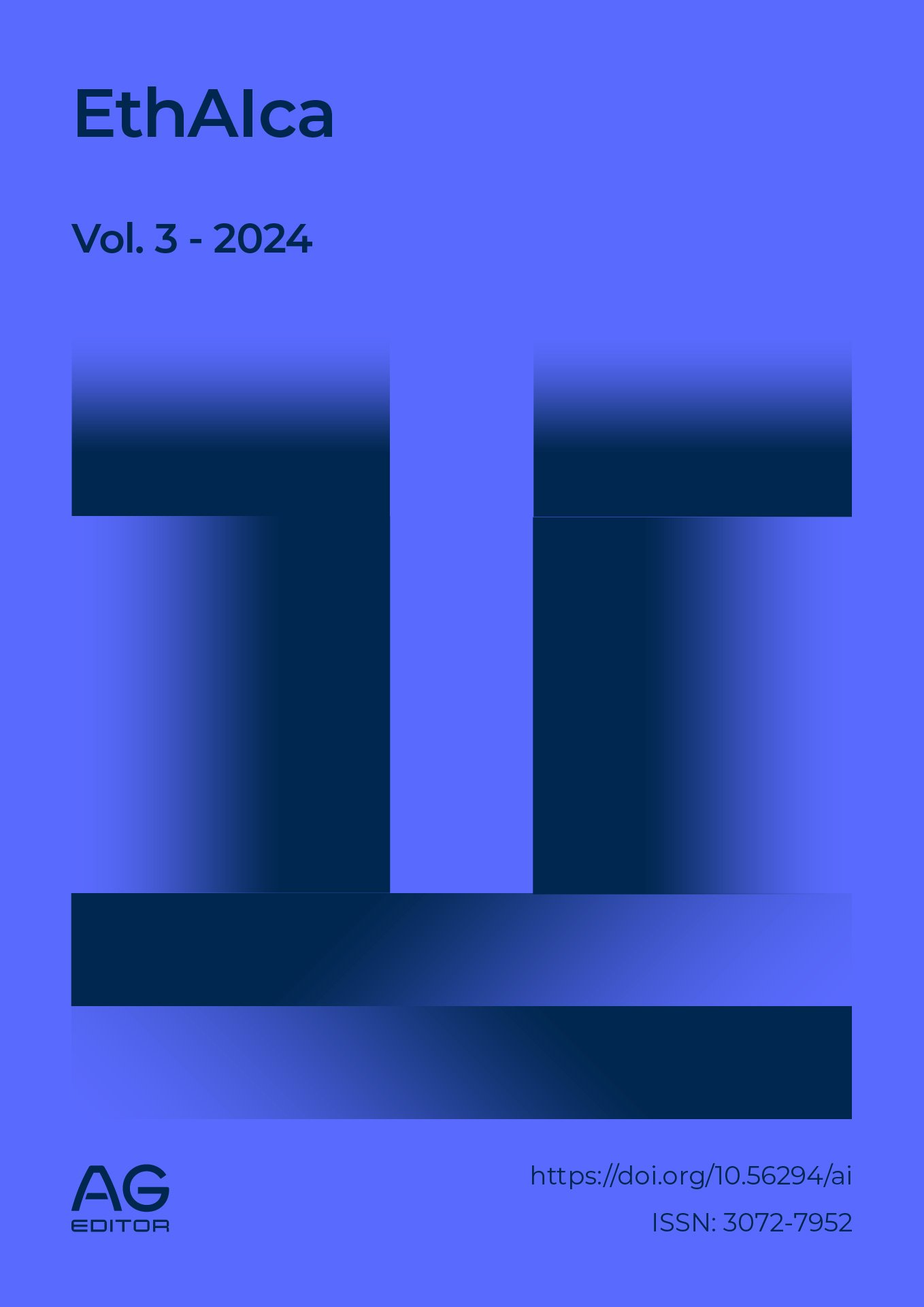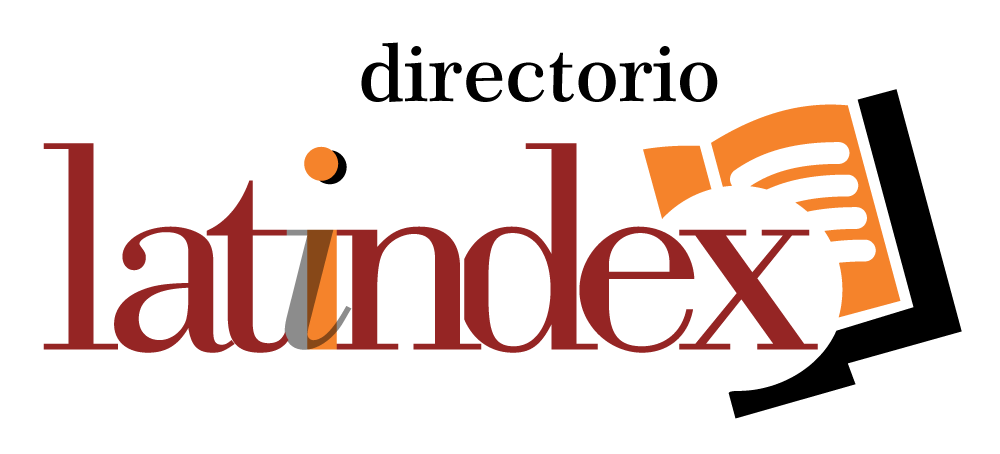Educational innovation with artificial intelligence and augmented reality
DOI:
https://doi.org/10.56294/ai2024107Keywords:
artificial intelligence, augmented reality, educational innovation, teacher training, digital literacyAbstract
The study analysed the importance of educational innovation through the incorporation of technologies such as artificial intelligence (AI) and augmented reality at primary level. The proposal focused on the Maryland Educational Unit in the province of Córdoba, where a need was identified to update teaching practices in line with current technological challenges. A training project was proposed for teachers to integrate these tools into the 2024 school year.
Development:
The educational intervention included a three-stage plan: awareness, training and evaluation. It was based on National Education Law No. 26,206, which considers education a national priority, and on theoretical frameworks such as those of Freire and UNESCO on digital literacy. The project introduced the use of Chat GPT as a teaching assistant, capable of personalising learning, and augmented reality, which facilitated immersive, motivating and contextualised experiences. These tools made it possible to represent complex concepts and develop skills such as creativity, critical thinking and collaboration.
Conclusion:
The implementation of the project sought to transform the pedagogical culture and strengthen the role of teachers as facilitators. It was concluded that training in AI and augmented reality is a key strategy for reducing the digital divide and improving educational quality. The experience reaffirmed that technology, used ethically, enhances learning and prepares students for the challenges of the 21st century.
References
Blázquez Sevilla A. Realidad aumentada en educación. Creative Commons 3.0 Internacional; 2017.
Caldeiro G, Chamorro F, Gonzalez N, Kvitca A, Milillo C. Inteligencia artificial y aprendizaje activo: investigación y diseño de datos, estrategias de enseñanza con IA en escuelas. [Sin lugar]; [s.f.].
Carbonel J. La aventura de innovar: el cambio en la escuela. Ediciones Morata; 2001.
Dussel I, Quevedo L. Educación y nuevas tecnologías: los desafíos pedagógicos ante el mundo digital. VI Foro Latinoamericano de Educación. Buenos Aires: Santillana; 2010.
Fernández Navas M. Innovación educativa: más allá de la ficción. Ediciones Pirámide; 2016.
7Infoleg. Ley de educación nacional. Disponible en: https://servicios.infoleg.gob.ar/infolegInternet/anexos/120000-124999/123542/norma.htm
UNESCO. Inteligencia artificial en la educación digital. Disponible en:
Lévy P. Cibercultura: la cultura en la sociedad digital. Barcelona: Anthropos Editorial; 2007.
Morduchowicz A, Suasnábar JM. Chat GPT y educación: ¿oportunidad, amenaza o desafío? Enfoque Educación [Internet]; 2023. Disponible en: https://blogs.iadb.org/educacion/es/chatgpt-educacion/
Sánchez V. Recursos educativos digitales. Smile and Learn; 2021.
Universidad Siglo 21. Módulo 0. Plan estratégico: modelos de aprendizajes innovadores. [s.f.]. Disponible en: https://siglo21.instructure.com/courses/9629/pages/plan-de-intervencionmodulo-0#org0.
Published
Issue
Section
License
Copyright (c) 2024 Karina Alejandra Rissone, Vittar Mariana Arruabarrena (Author)

This work is licensed under a Creative Commons Attribution 4.0 International License.
The article is distributed under the Creative Commons Attribution 4.0 License. Unless otherwise stated, associated published material is distributed under the same licence.






